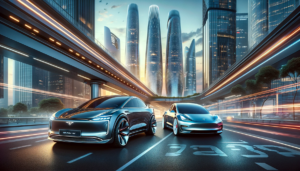Understanding Tesla’s Massive Autosteer Recall
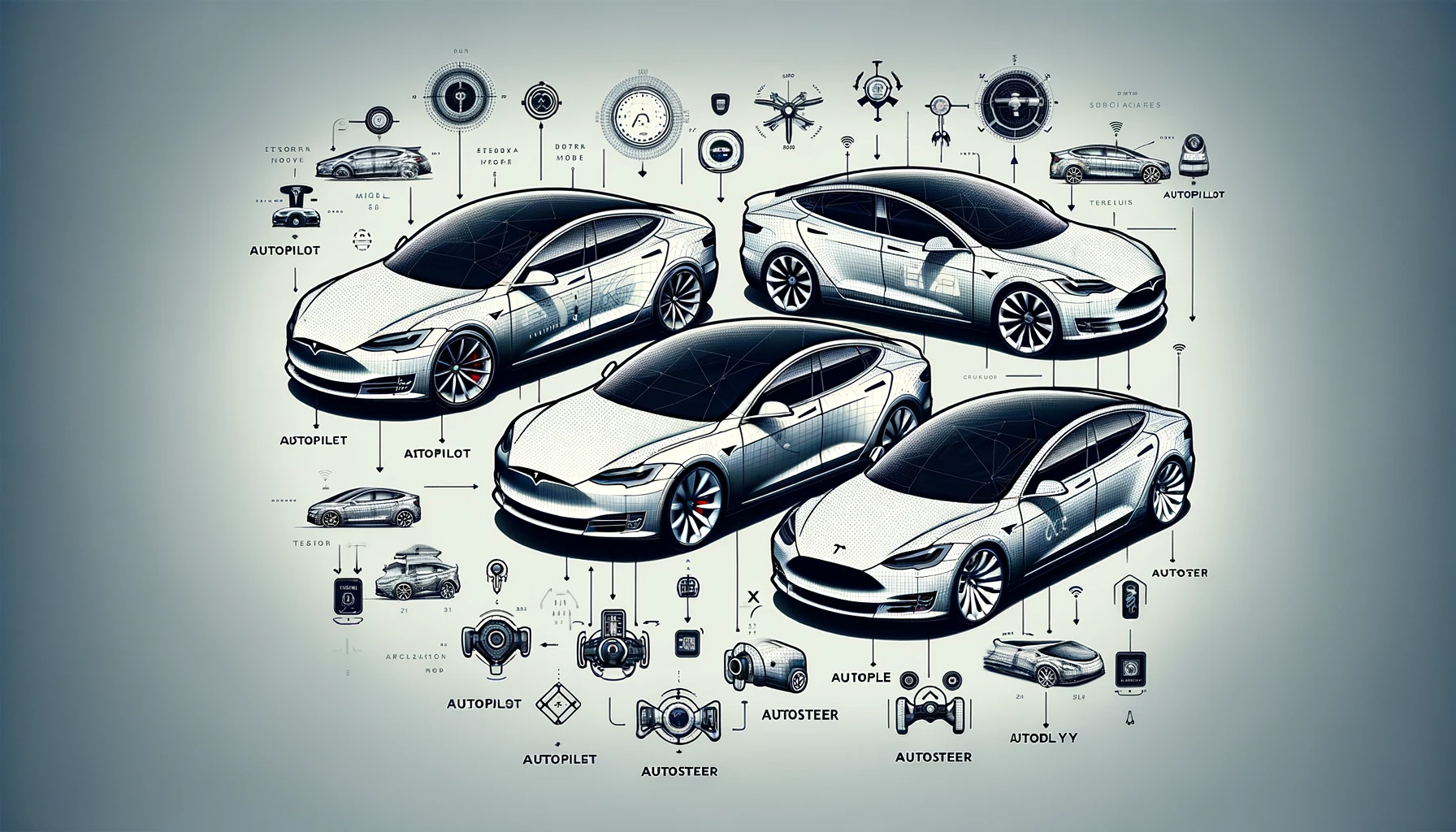
On December 12, 2023, Tesla, in collaboration with the National Highway Traffic Safety Administration (NHTSA), initiated a significant recall impacting over 2 million of its vehicles in the United States, including Model S, X, 3, and Y.
This recall, addressing the Autopilot and Autosteer features, was a response to the misuse of the Autosteer function.
Our extensive testing over 700 miles, both before and after the update, offers a detailed insight into the effectiveness of this recall.
Why Tesla Issued a Recall: Safety Concerns and Misuse
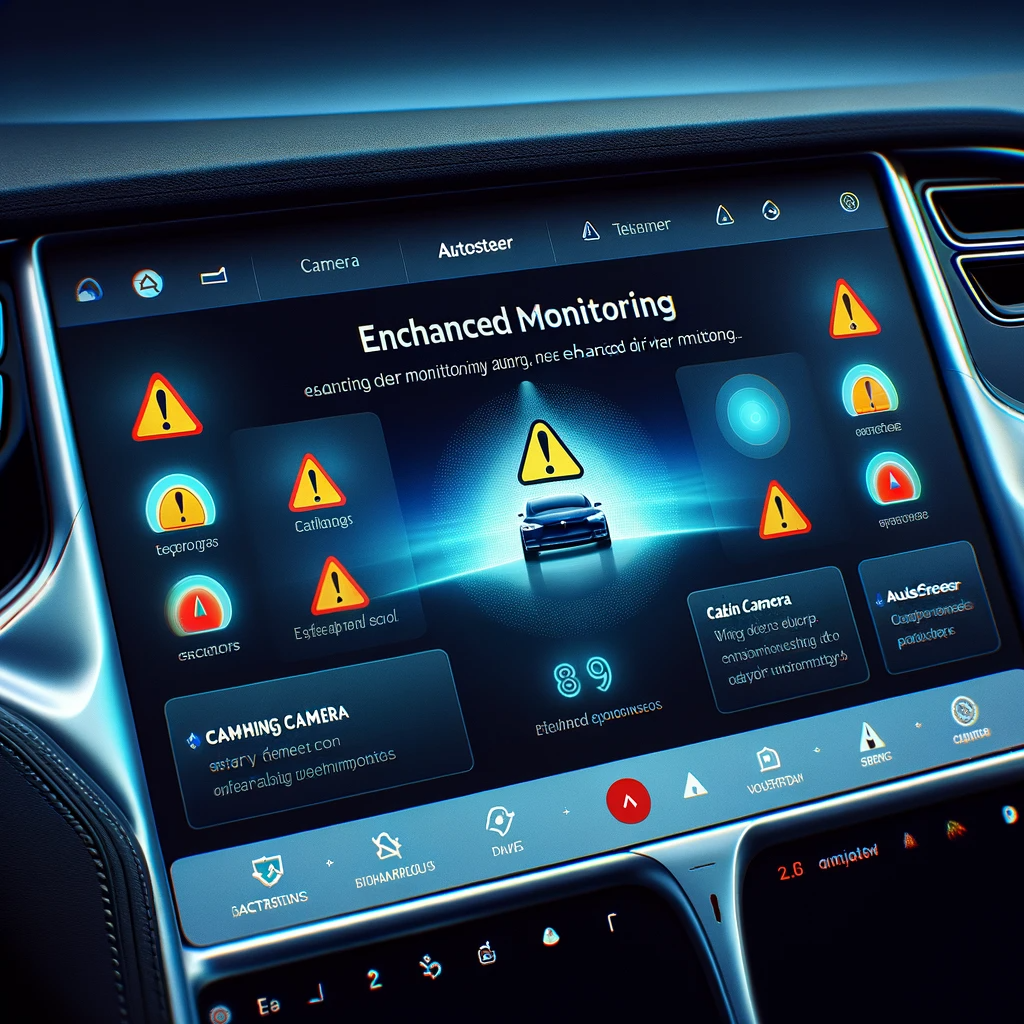
The recall primarily aimed to address safety concerns regarding the misuse of Tesla’s Autopilot and Autosteer functions.
Historically, Tesla has faced criticism for overstating the capabilities of these systems, contributing to several high-profile accidents.
This recall, therefore, represents Tesla’s effort to enhance safety features and user responsibility.
What Was Included in the Tesla Recall?
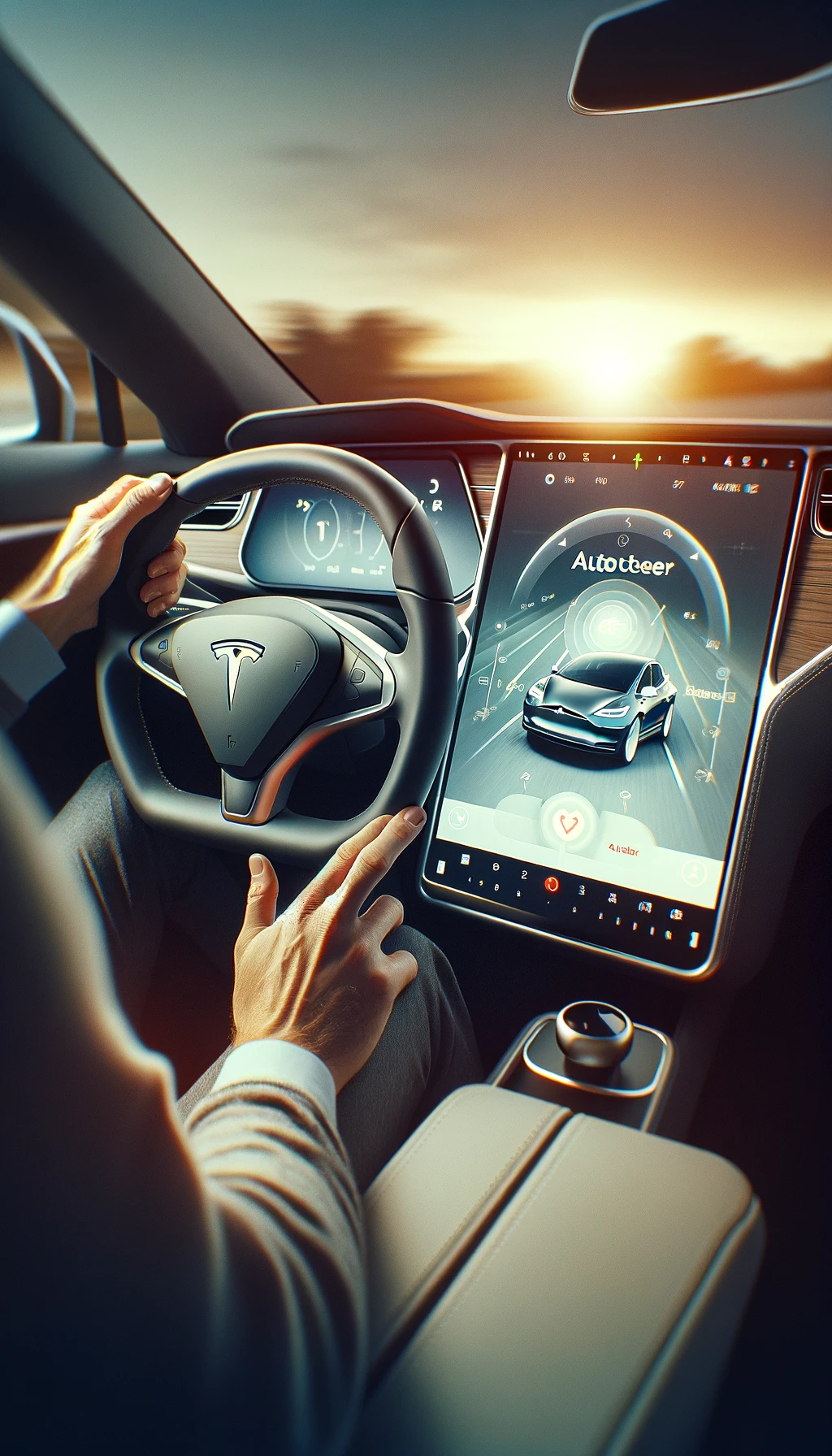
The recall covered all versions of Autosteer up to the latest update, which introduced new controls and alerts.
These enhancements were designed to reinforce driver responsibility, including visual alerts, simplified engagement of Autosteer, and suspension policies for repeated misuse.
Examining the Impact of Tesla’s Recall Update
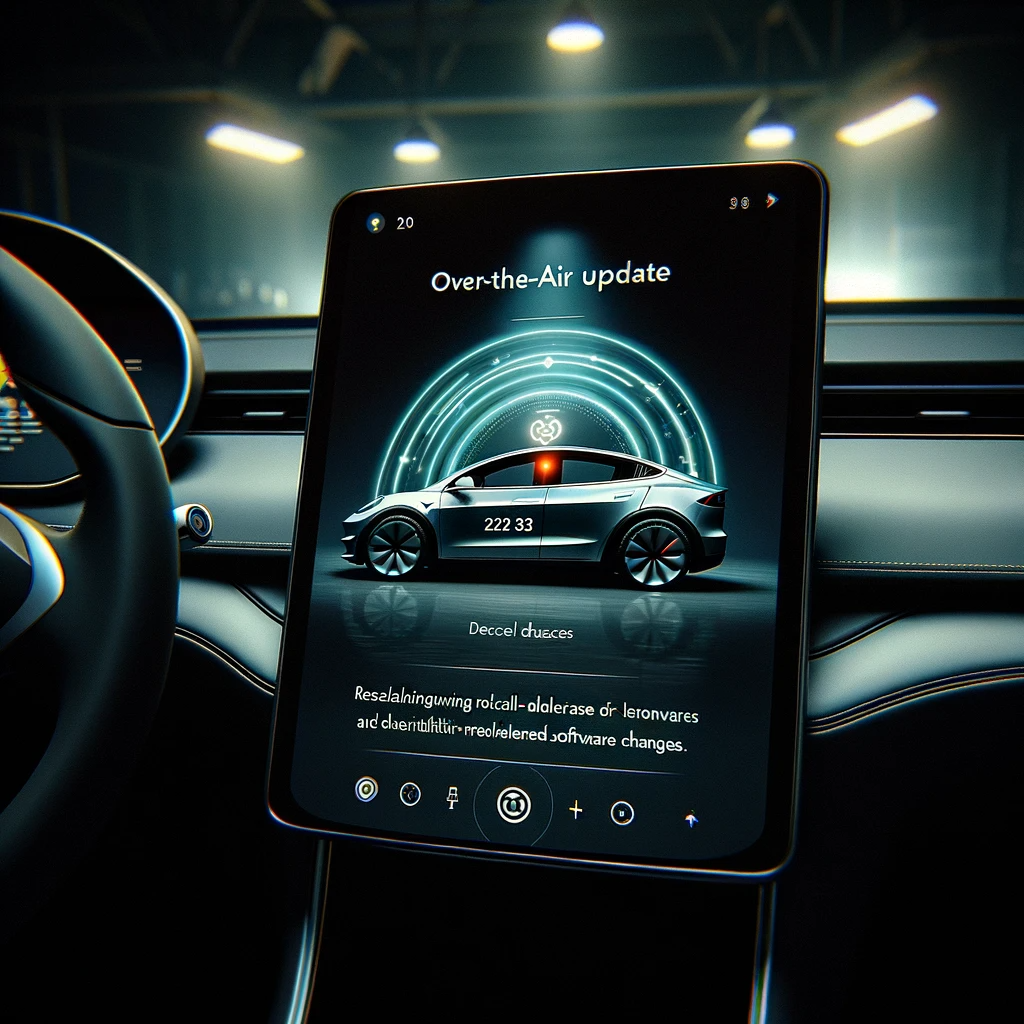
Our testing revealed that the post-recall update brought subtle changes to the driver monitoring system.
Despite these modifications, the fundamental operation of Autosteer remained largely unchanged.
We noticed increased visibility of warnings and a more rigorous approach to driver attentiveness requirements, yet these did not significantly alter the overall driving experience.
Exploring the Role of Cabin Cameras in Tesla’s Safety Protocol

A key aspect of the recall was the use of cabin cameras for enhanced driver monitoring.
While the update did activate the camera during Autosteer use, our tests showed that the system’s effectiveness in detecting driver distraction was limited.
This highlights a potential area for further improvement in Tesla’s driver assistance technology.
The Bottom Line: Tesla’s Recall, A Step Forward or Mere Compliance?
Tesla’s recall, although addressing some of the NHTSA’s safety concerns, appears to do the bare minimum in terms of enhancing driver safety.
The company has increased the visibility of warnings and activated cabin cameras for Autosteer, but these changes seem more focused on regulatory compliance than a substantial improvement in safety standards.
Our analysis suggests that while Tesla has made strides, there is still room for significant enhancements in its driver assistance systems.
Conclusion: Tesla’s Recall – An Ongoing Journey Towards Safety
In conclusion, Tesla’s recent recall marks an important step in addressing safety concerns related to its Autopilot and Autosteer functions.
However, our thorough testing indicates that while there are improvements, they might not be as impactful as expected.
As Tesla continues to develop its technology, it remains essential for the company to focus on comprehensive safety enhancements to truly live up to its promise of offering the safest cars in the world.



